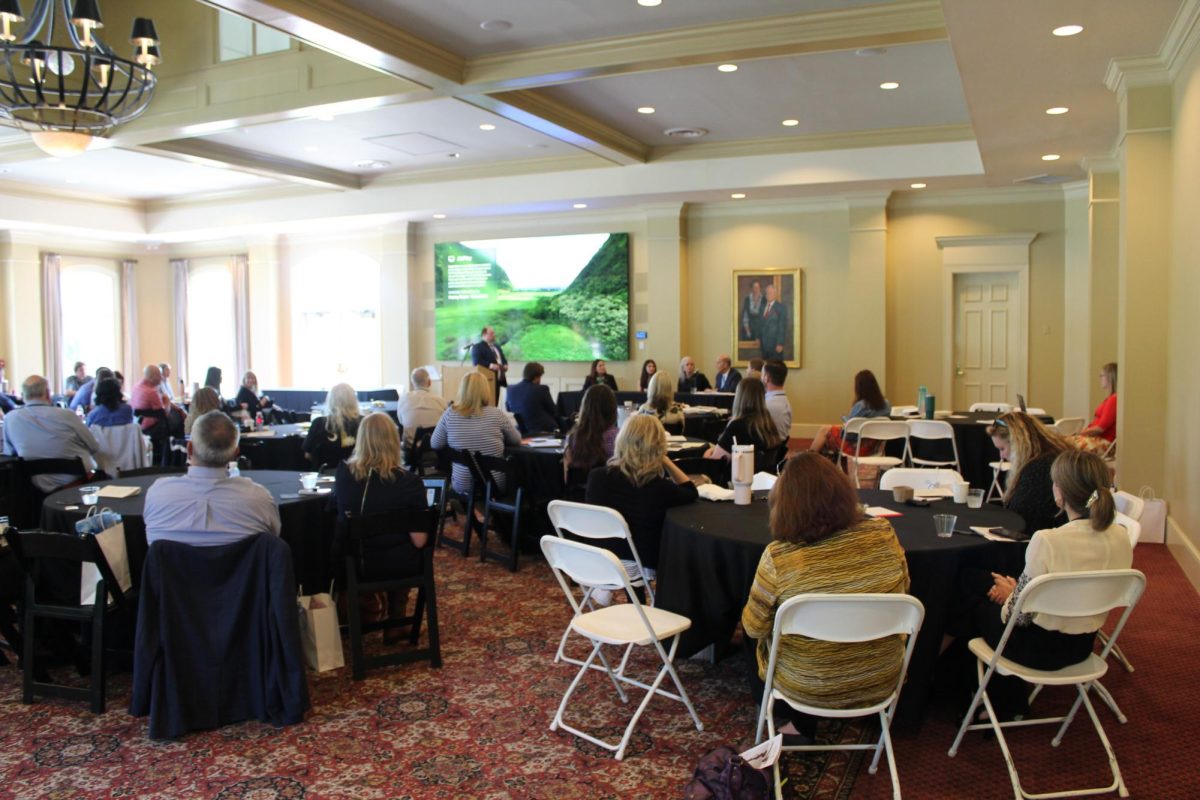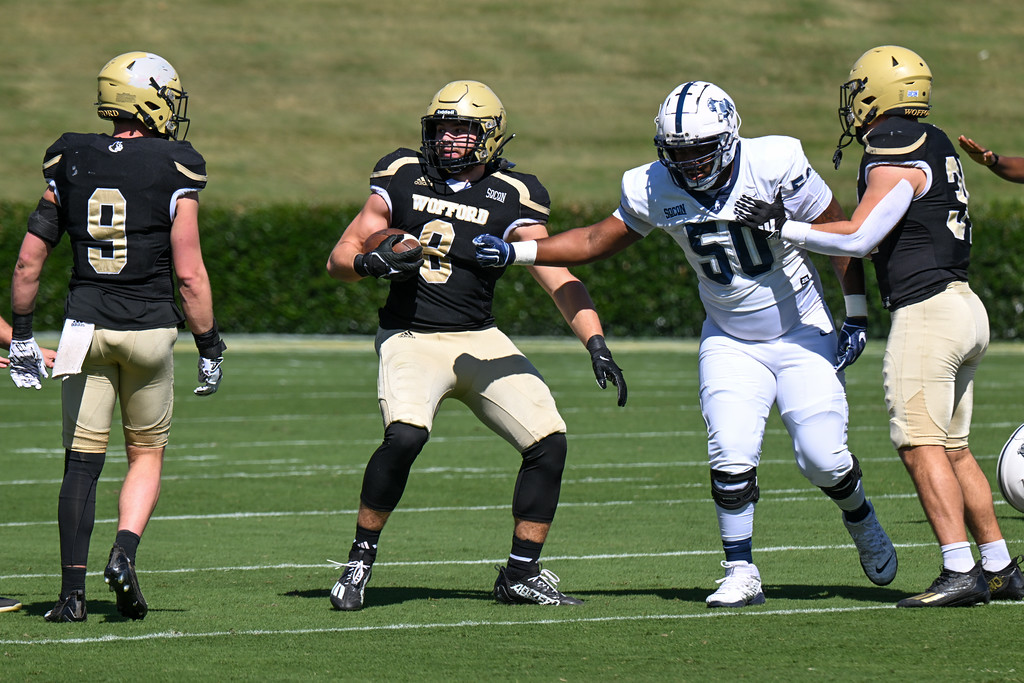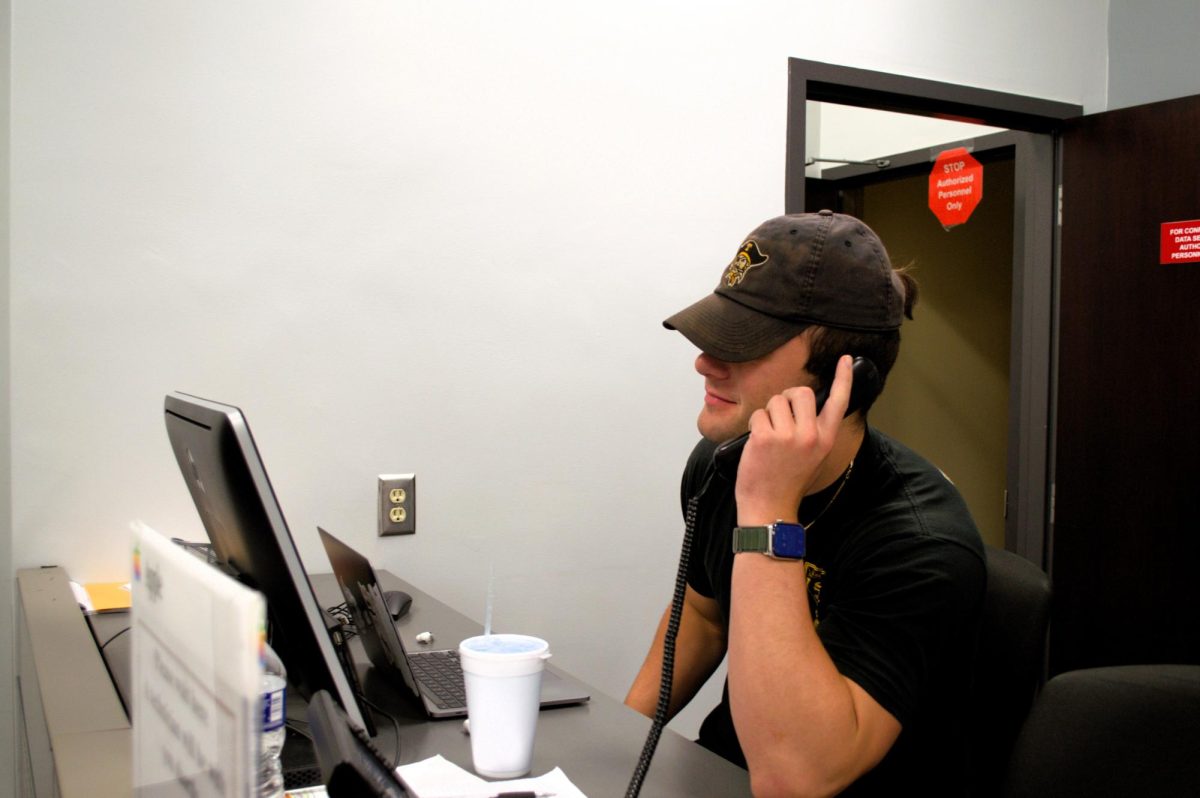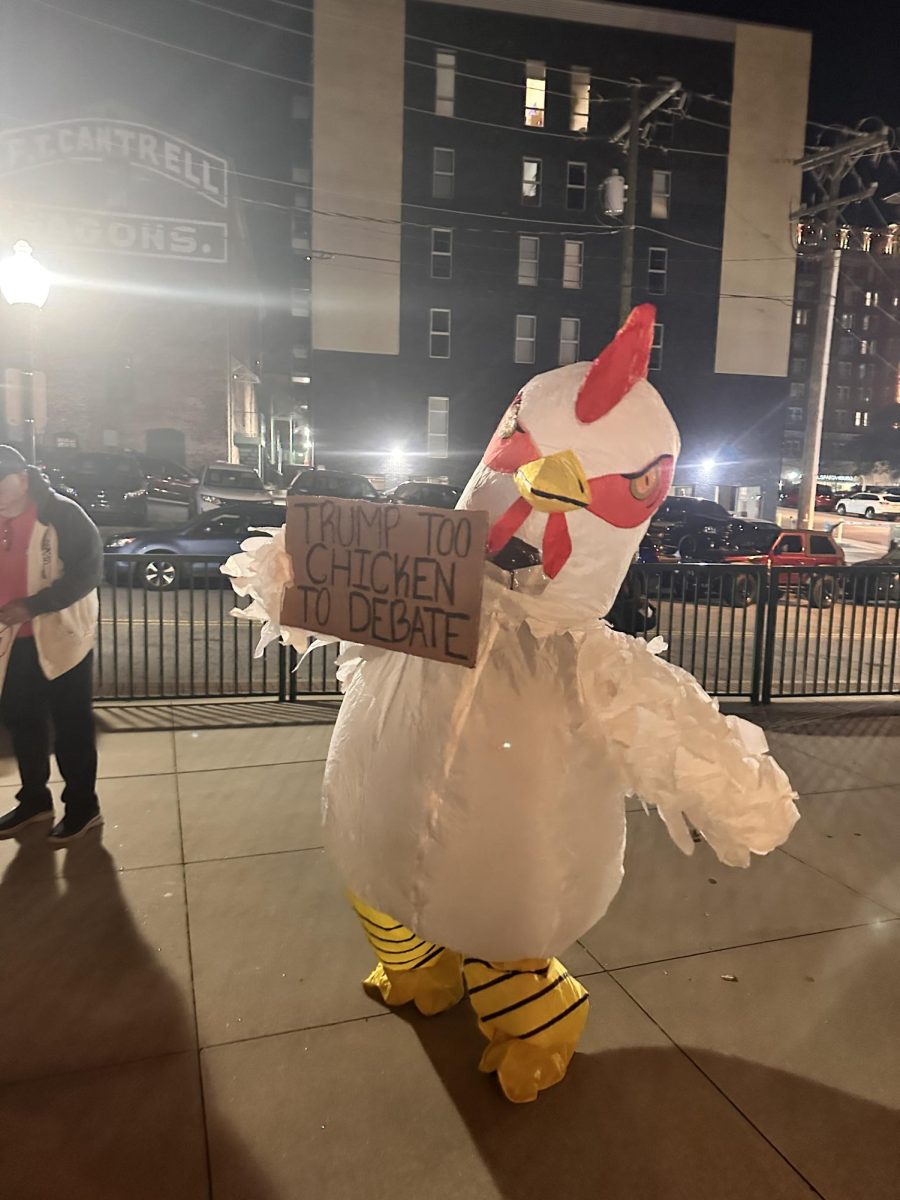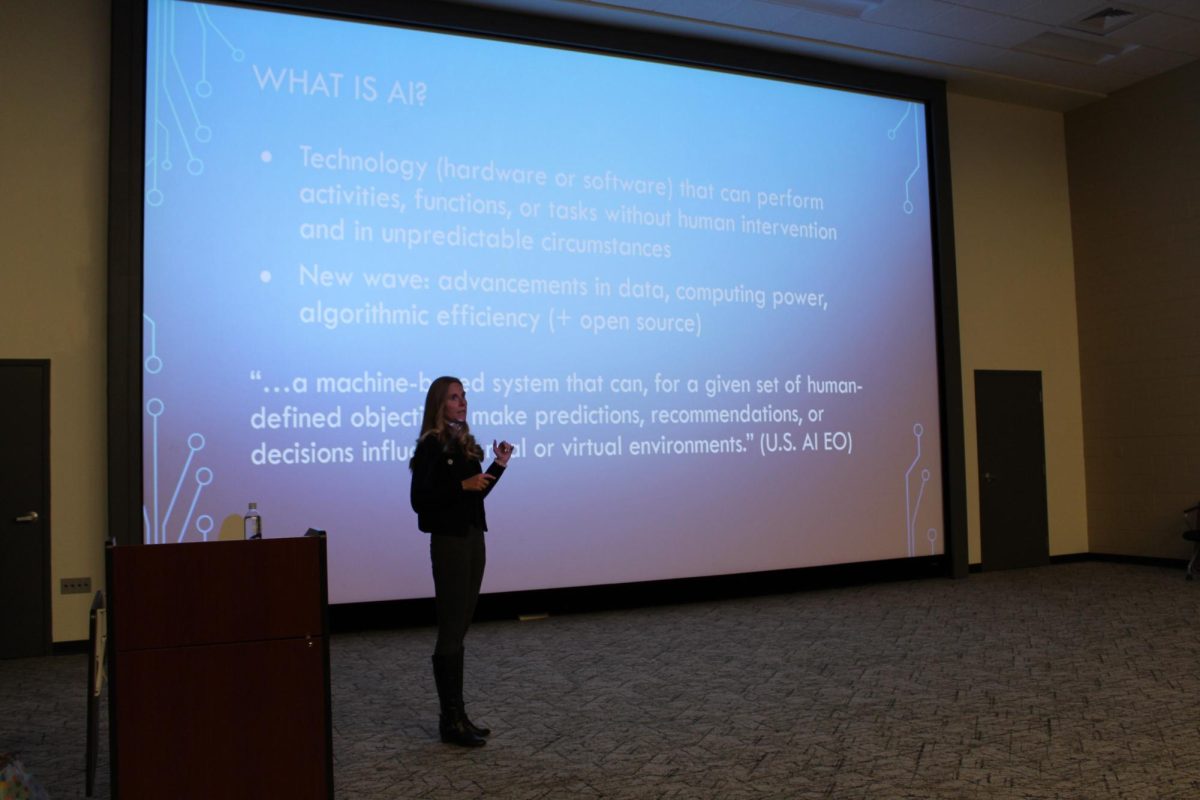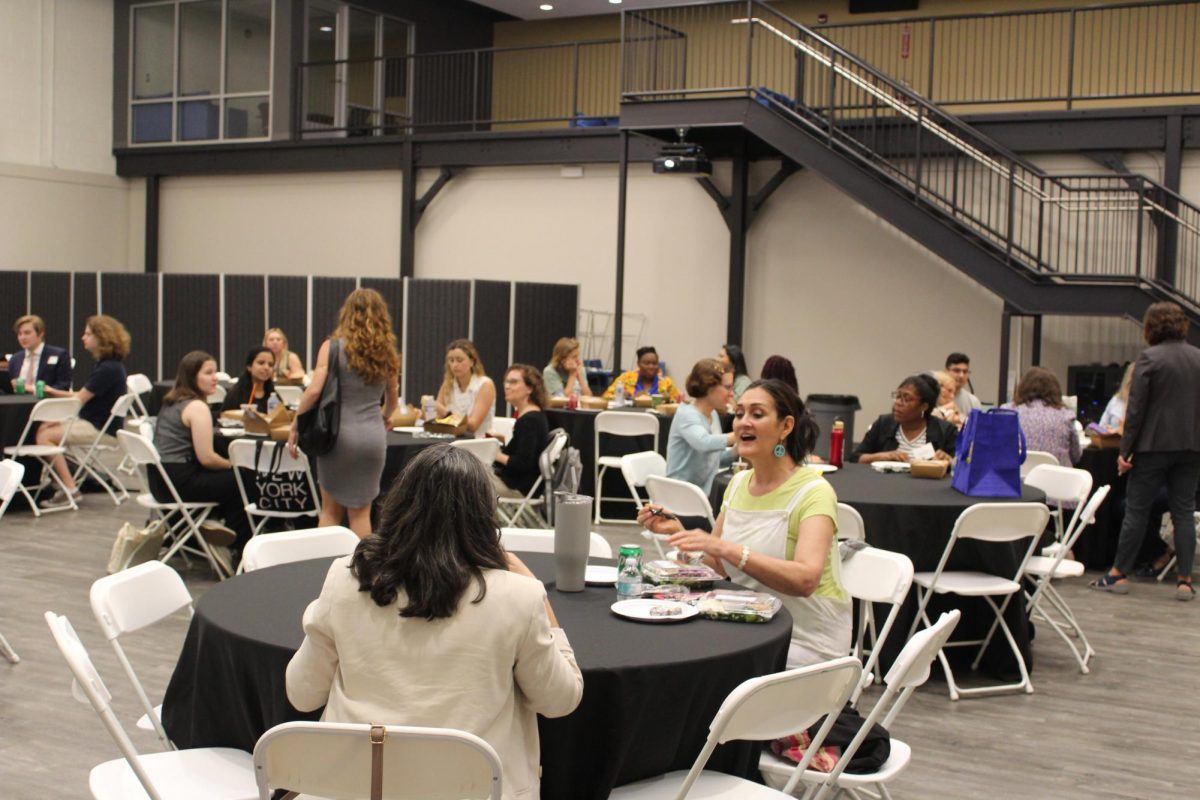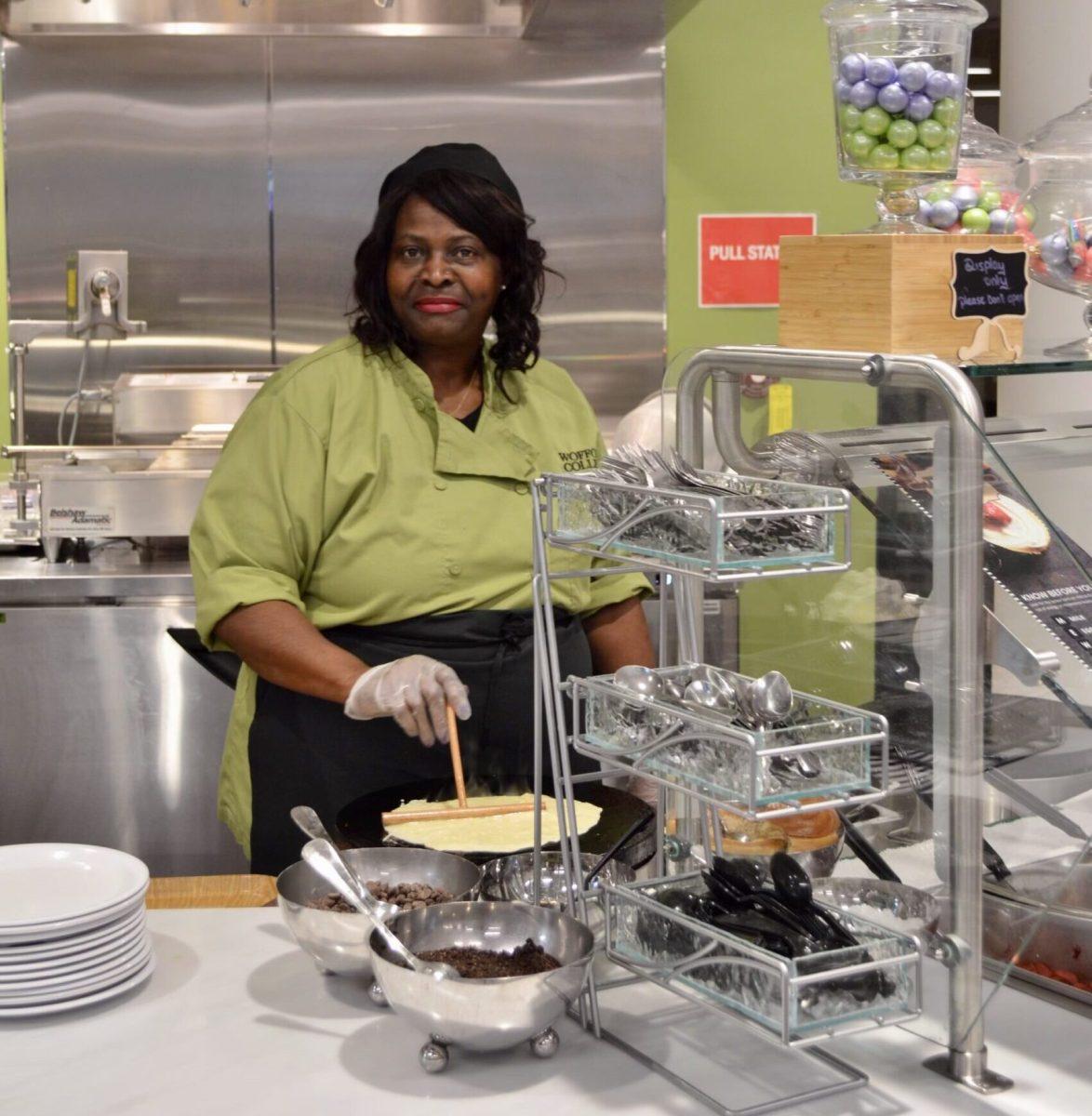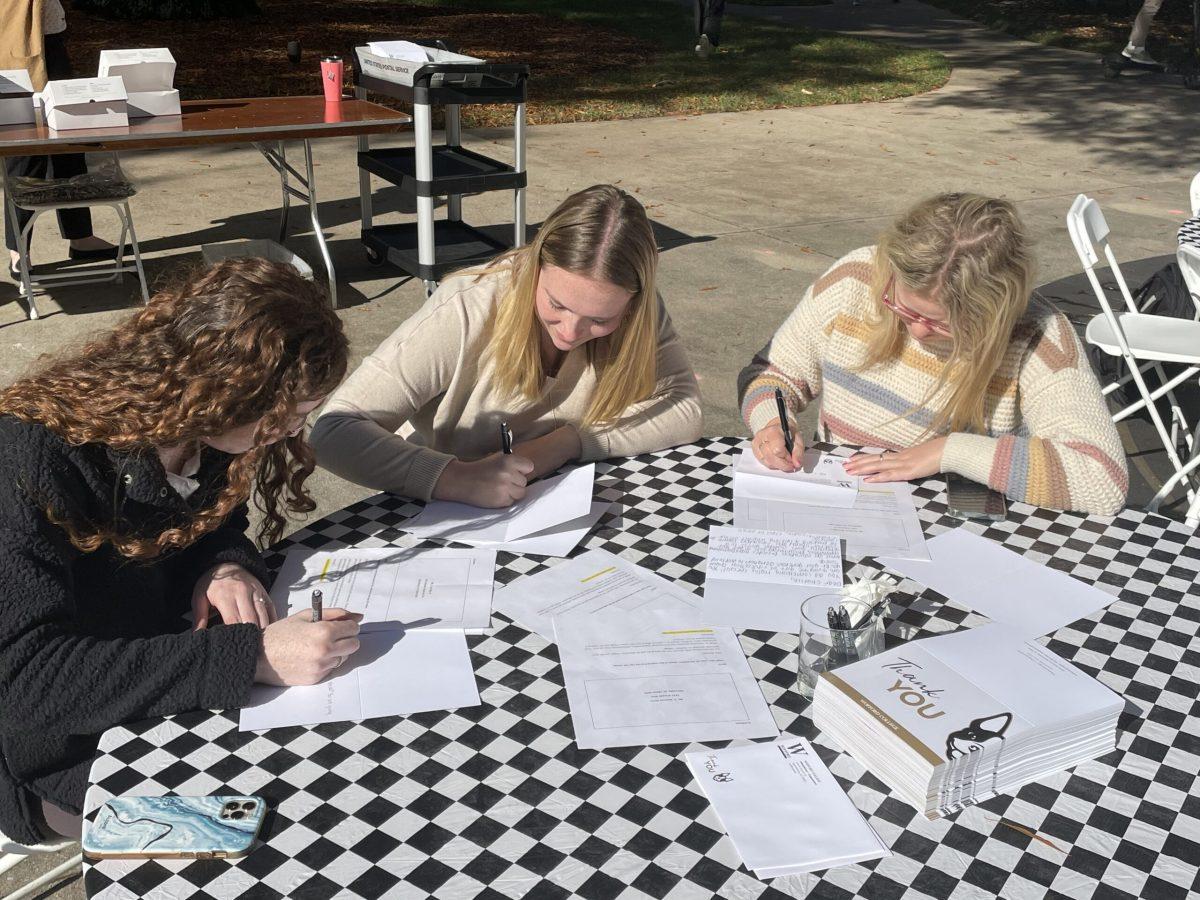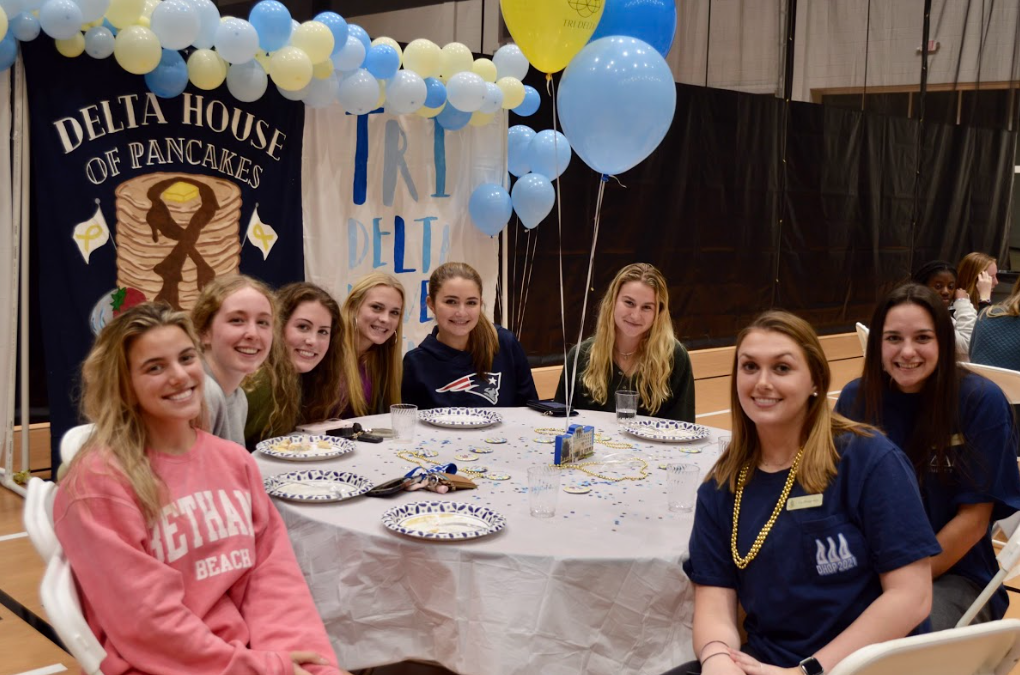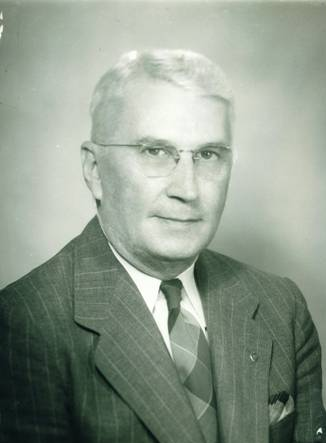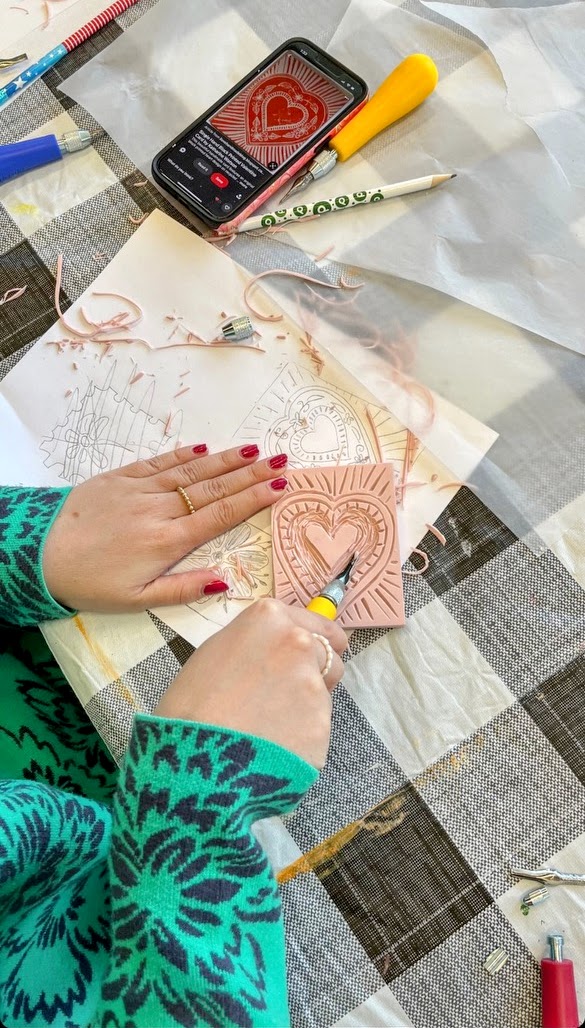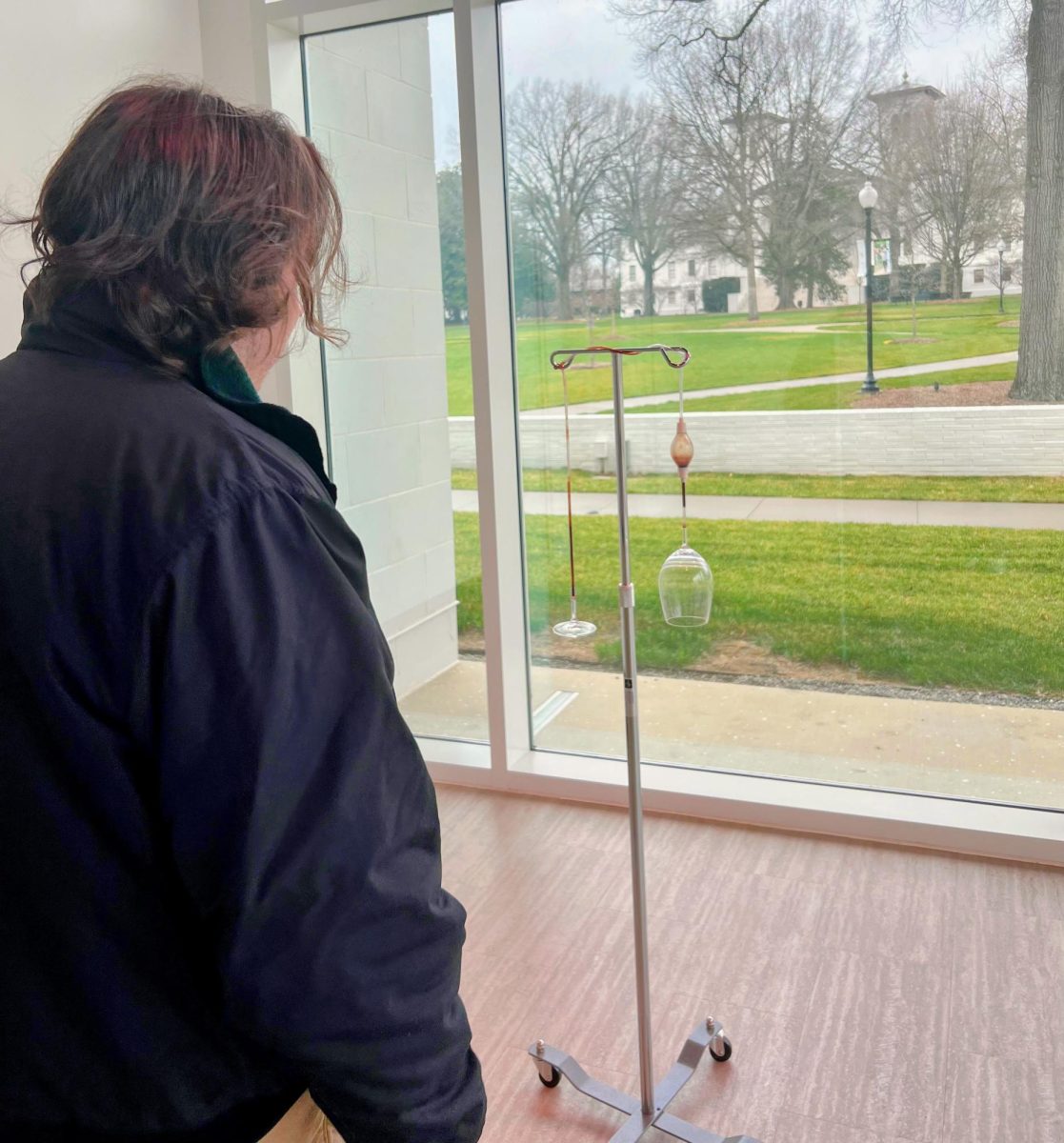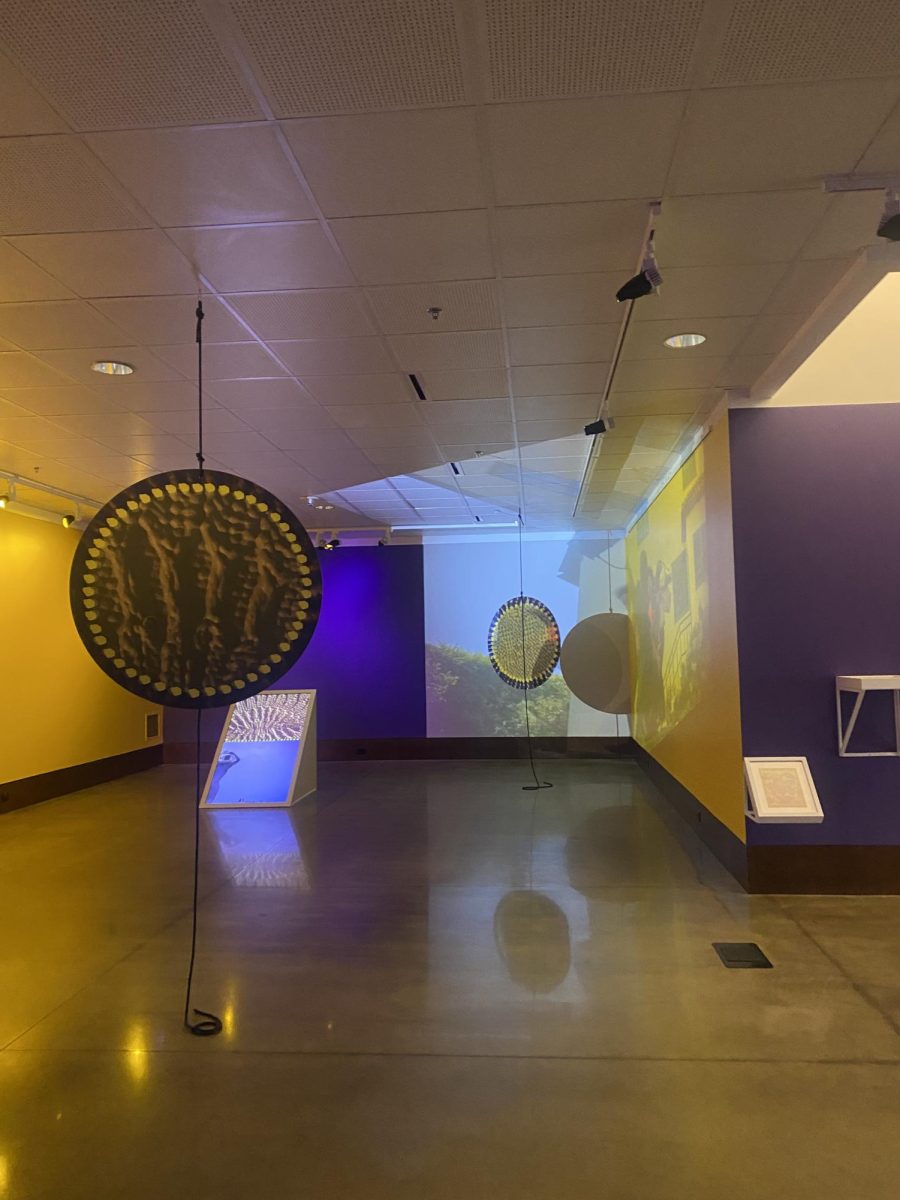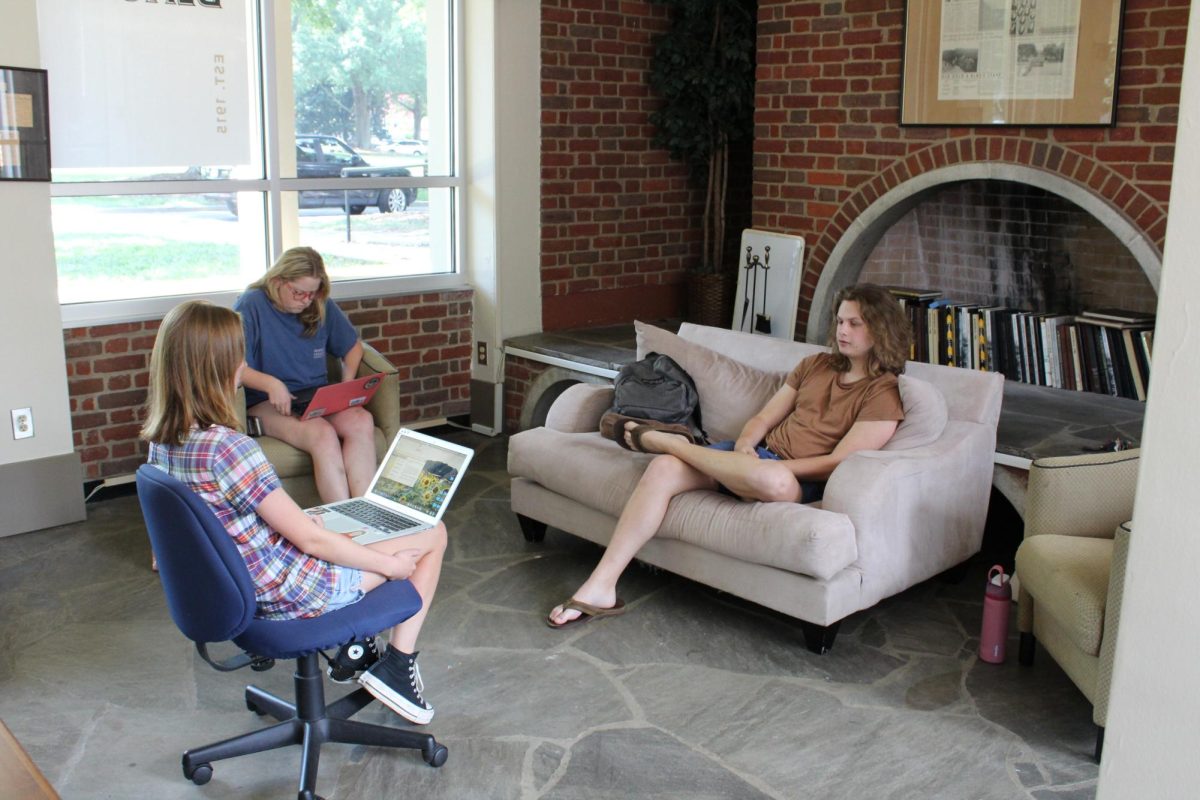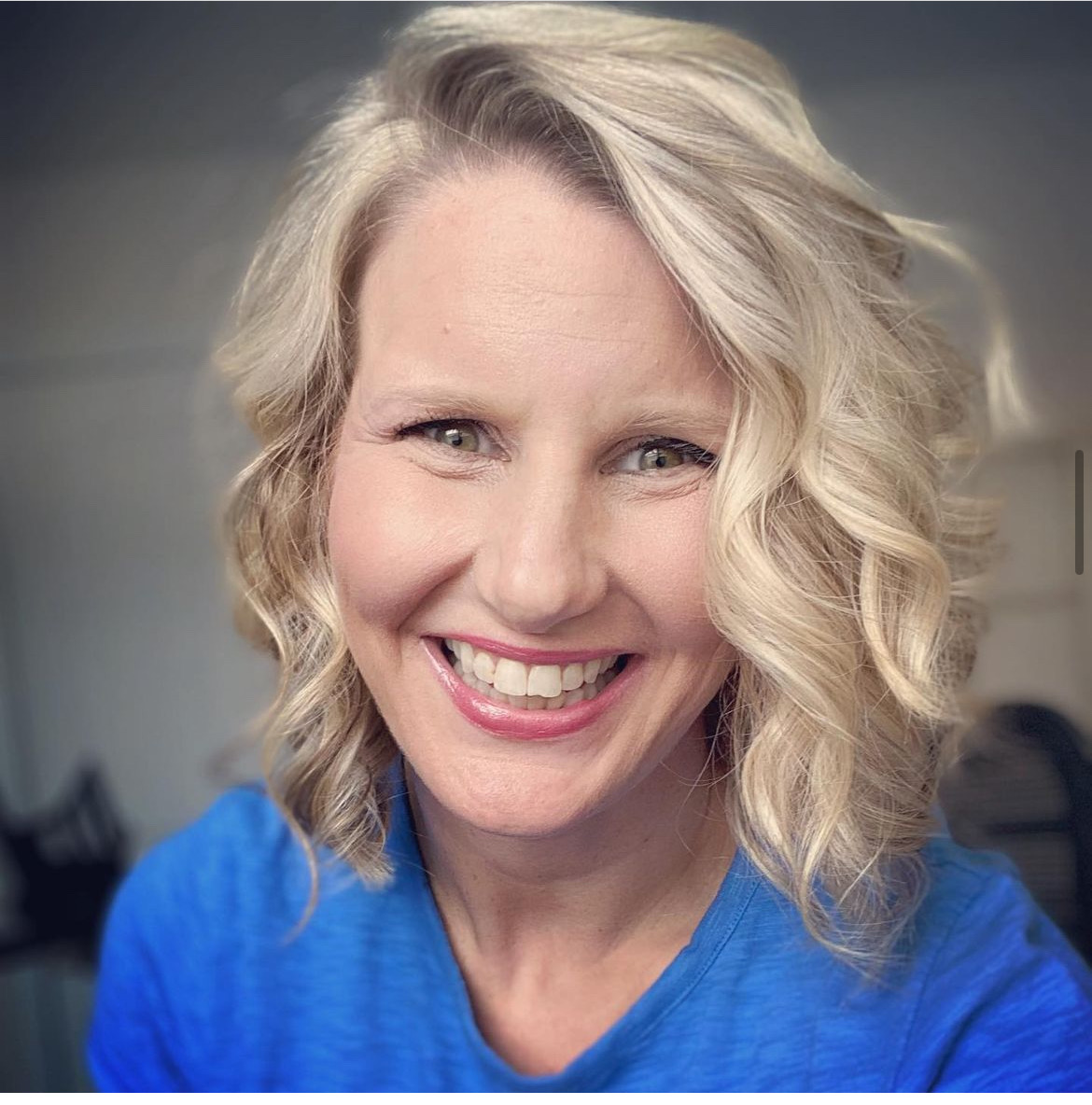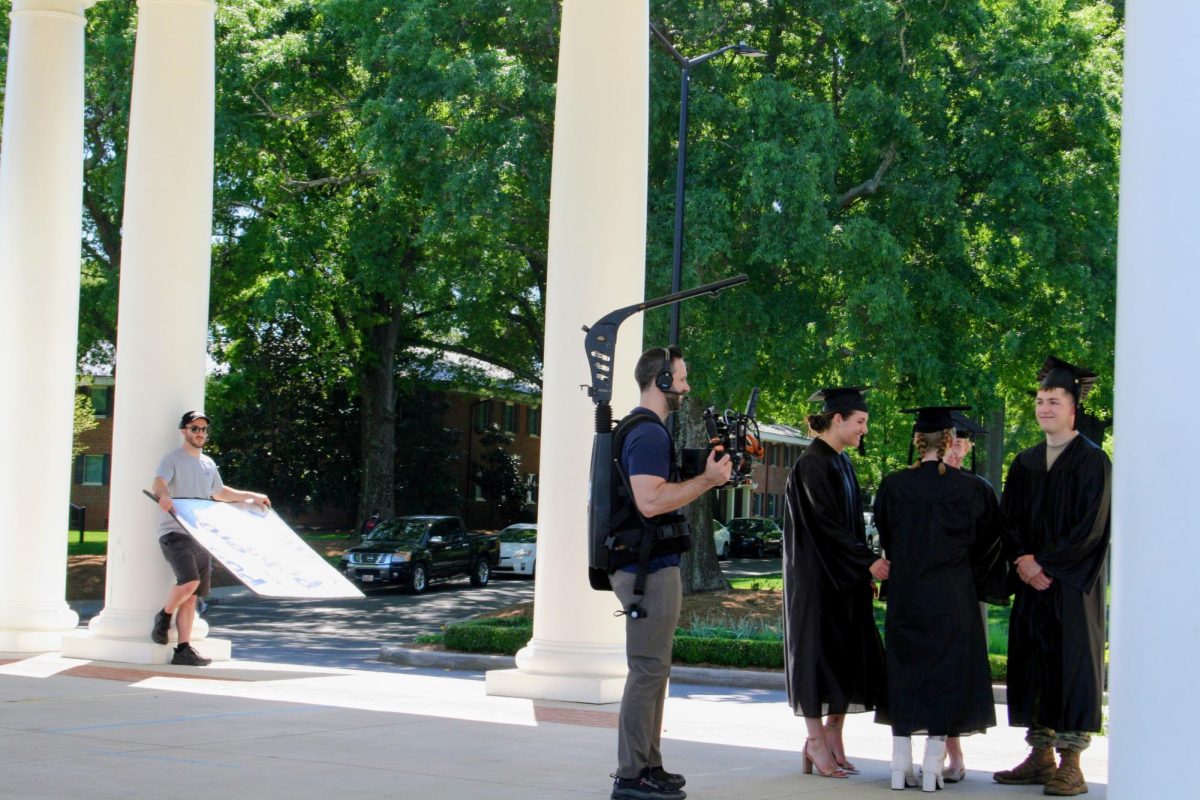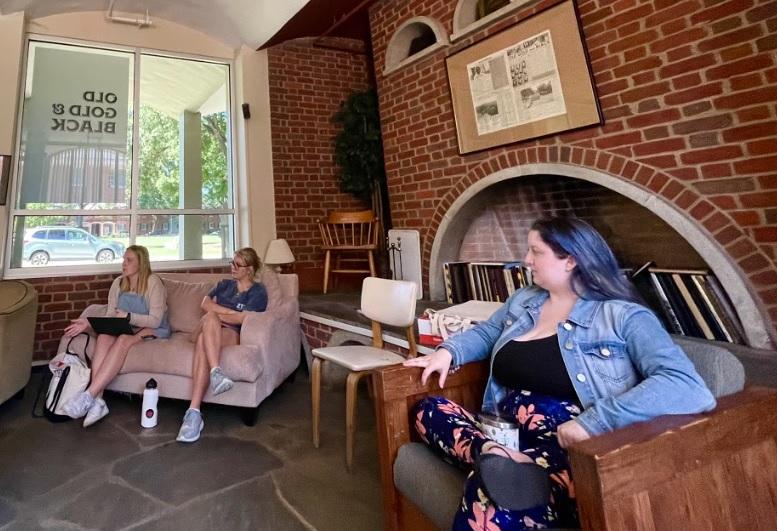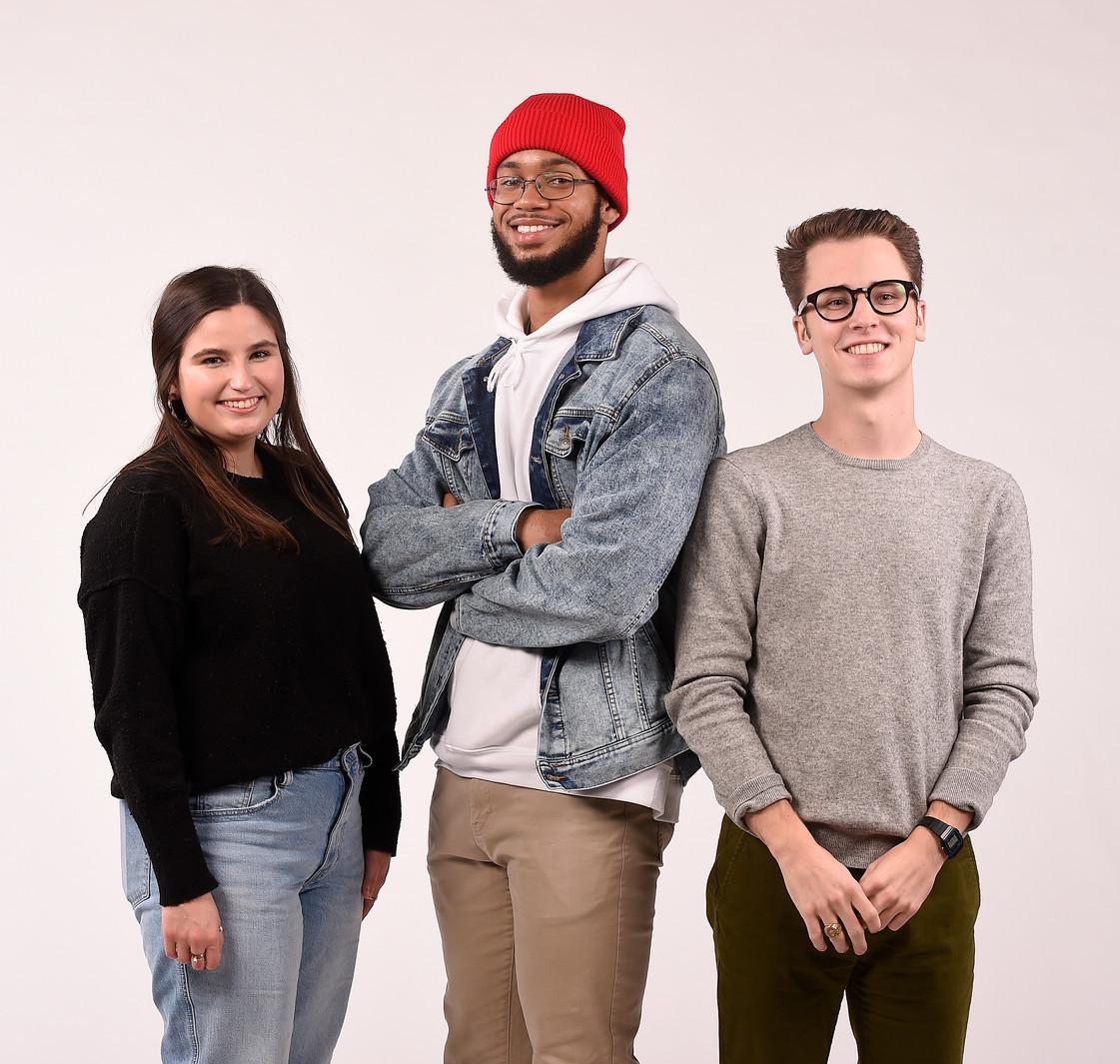Workshops held to reveal and challenge racism on campus
On Feb. 17 and 18, Dr. Tema Okun and Dr. Krista Robinson-Lyles, founders of Teach.Equity.Now., visited Wofford’s campus to conduct a two-day seminar on racism and exploring methods for liberation. The three sessions included workshops for faculty and staff that discussed the topics of “Defining Racism” and “The Three Expressions of Racism” as well as a workshop open to students on “History and the Race Construct.” The events were organized by Begoña Caballero, Dean of Diversity, Equity and Inclusion, and Anne Catlla, Director of the Center of Innovation and Learning, and was funded by the Office of the Provost.
Kaycia Best, ’20, and Alea Harris, ’22, began the discussion by sharing their archival research about Wofford’s history in regard to racism. Their findings reveal a deep-rooted history of racism that still affects Wofford today. Though this history has been censored over the last two hundred years, research has revealed that the oppression of others was embedded in the foundation of the college. For example, Wofford would not exist if hundreds of slaves had not been rented from nearby communities to participate in the construction process of the original campus.
In addition, the sessions demonstrated how racism is a hard topic to deconstruct, since it has been a foundational building block in American society. Beginning with Columbus’s arrival to the New World, indigenous peoples were the first to be oppressed. Similar patterns of oppression have affected many different types of races and ethnicities such as African Americans, Latinos and Asians throughout the course of American history.
Madeline Brewer, ’23, said, “My biggest takeaway was that honestly the first step to recovery from a racist history is to recognize it and also the best way to prevent discrimination from continuing is by being thoroughly educated on it and what it means to respect other people and their race, ethnicity, sex, sexual orientation, etc.”
Her response reveals the importance of acknowledging America’s history as well as Wofford’s and realizing how it affects the actions and mindsets of today’s students.
The goal of incorporating racial equity principles into Wofford’s campus culture is to educate students, faculty and staff about the implications of racism and the importance of equity in order to challenge the current ideas about these issues. Jim Neighbors, Associate English Professor and Co-coordinator of African African American Studies Program, believes that Wofford’s investment in Teach.Equity.Now. is a “good step toward transforming classrooms into equitable spaces.”
Additionally, Caballero said, “I would love to see every decision taken at Wofford to be done through the lenses of diversity, equity and inclusion. My hope is to continue this partnership with them next year so that members of the Wofford community can meet with them regularly to expand their knowledge of diversity, equity and inclusion.”
Neighbors expanded on his hopes for the work of Teach.Equity.Now. on campus,saying, “Looking at my own experience, I’m a well-intentioned white man who’s working hard to understand and listen to and support the students I work with. I’m participating in as many teaching seminars and pedagogy book clubs as I can; I’m talking with colleagues and reading current research; I’m questioning my assumptions and basic approaches to teaching—and I’m still making the kinds of mistakes daily that privilege some students over others and/or make it harder for students to do well. The facilitators of Teach.Equity.Now. are helping me learn how to become more aware of the ways I’m not being helpful and provide me with effective resources to do better.”
At the end of the sessions, faculty, staff and students were encouraged to discuss their perceptions of racism on campus as well as possible methods to achieve liberation. Lynne Mullin, Assistant Director of Entrepreneurial Programs, said that she wants students to really understand the experience of others (who don’t look like them) in order to build deeper levels of empathy, greater access to our shared humanity and the possibility for deep and meaningful relationships between diverse people. Similarly, ideas talked about during the session included revising the diversity curriculum of FYI in order to create a stronger foundation of equity on Wofford’s campus and help students to develop authentic relationships.
The idea to turn the Cummings Street School building into a racial equity center also came up in conversation. ost workshop attendees and facilitators agreed that exposing Wofford’s history in order to help students understand the roots of racism on campus and incorporating this history into campus tours is the first step to making a much-needed change.


